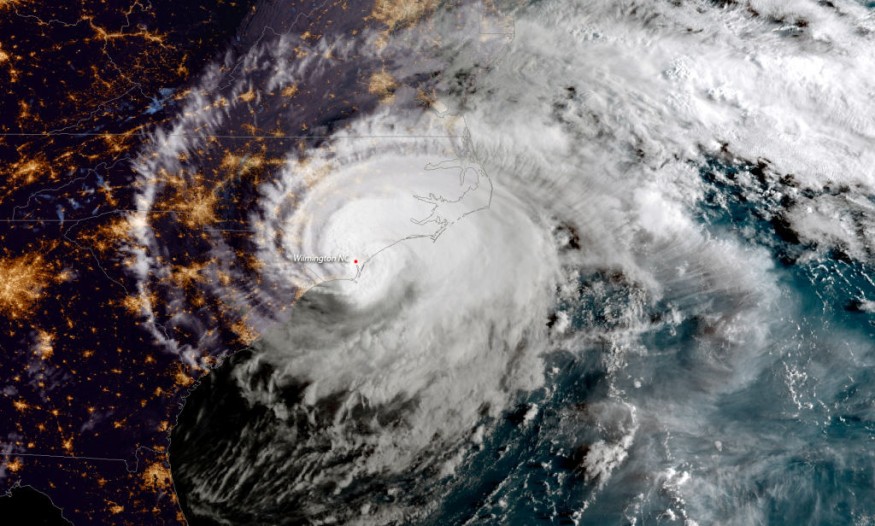The large-scale and multi-hazard storm system plowed through the Central US and Eastern US from Thursday to Friday, Feb. 17 to Feb. 18.
Severe weather, such as the record-breaking snowfall and several tornadoes, caused widespread disruption as the storm left millions of Americans affected in its wake.
Thousands of domestic and international flights have either been delayed or canceled due to the storm.
In addition, infrastructural damage leading to power outages and disruption of road traffic movement had swept some parts of the country.
Starting in the Western US earlier this week, the storm system developed its strength, capable of cross-country coverage throughout the week, prompting US weather authorities to issue multiple severe weather warnings and storm alerts for thunderstorms and tornadoes.
Storm Aftermath: Damage and Disruption

The storm system, with its winter and severe weather effects, has caused at least 3,000 domestic or international flights across the US to be canceled or delayed over recent days, as per the FlightAware tracking website.
The storm also caused widespread power outages across the country.
In Pennsylvania, at least 60,000 people were left without electricity by Friday morning, as per Power Outage US.
However, gradual resumption of power is likely in the coming days.
It also prompted strong wind advisories from the states of Texas to Maine, with an approximate distance of over 1,900 miles, according to AccuWeather.
Thunderstorms, tornadoes, hail, and strong winds were reported from the states of Oklahoma, Alabama, to Kentucky.
In Alabama, US meteorologists recorded incidents in the formation of tornadoes in Alabama's Fayette, Jefferson, Shelby, and Tuscaloosa counties.
There were no immediate reports of casualties, but there were damage to properties and disruption to road traffic movement.
Cross-Country and Multi-Hazard Storm
The development of the storm system was well-anticipated and tracked by US meteorologists over the last six days.
After bringing heavy snowfall and hail to areas outside Los Angeles, California, earlier this week, the storm traveled from the west coast to the east coast.
The National Oceanic and Atmospheric Administration (NOAA) - National Weather Service (NWS) has monitored its progress over the week.
The US weather agency issued several severe weather warnings and storm alerts for life-threatening and disruptive weather phenomena brought by the storm.
The warnings and alerts pertained to the risk of thunderstorms and tornadoes along the storm's path, especially in Central US.
Moreover, the storm was described by the US weather authorities as a multi-hazard storm since it also brought heavy snowfall, torrential rain-induced flash floods, and strong winds.
Transition into the Spring Season
A mixture of cold and warm weather temperatures has engulfed the Eastern US this week, an indication of a transitioning season as the country is heading towards its spring season, which will approximately start by mid-March.
According to National Geographic, the Earth's Northern Hemisphere, which includes the US, has its spring season that starts from at least March 20.
Although the occurrence of storms is more prevalent during the winter season, severe weather phenomena may also happen during the spring.
© 2025 NatureWorldNews.com All rights reserved. Do not reproduce without permission.





